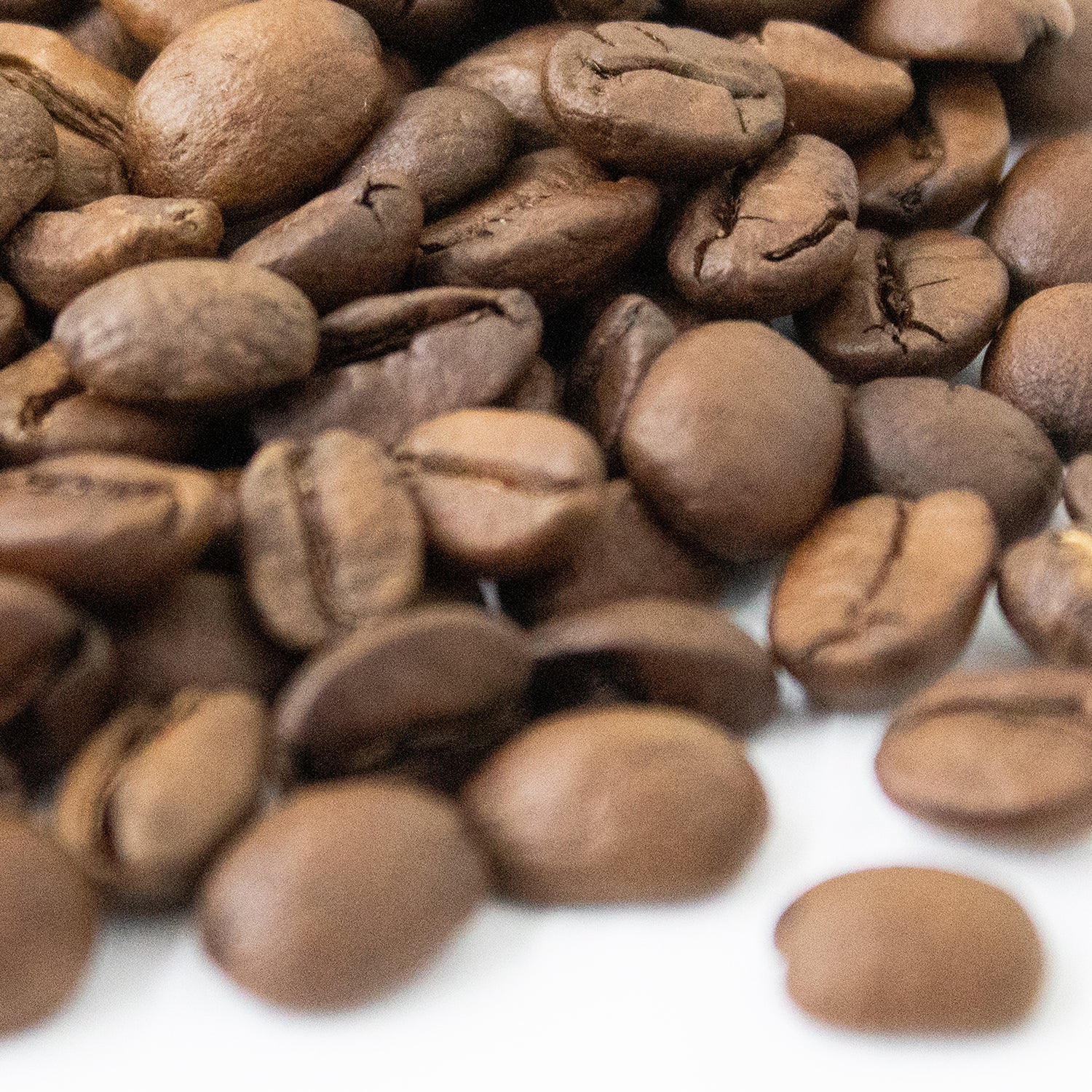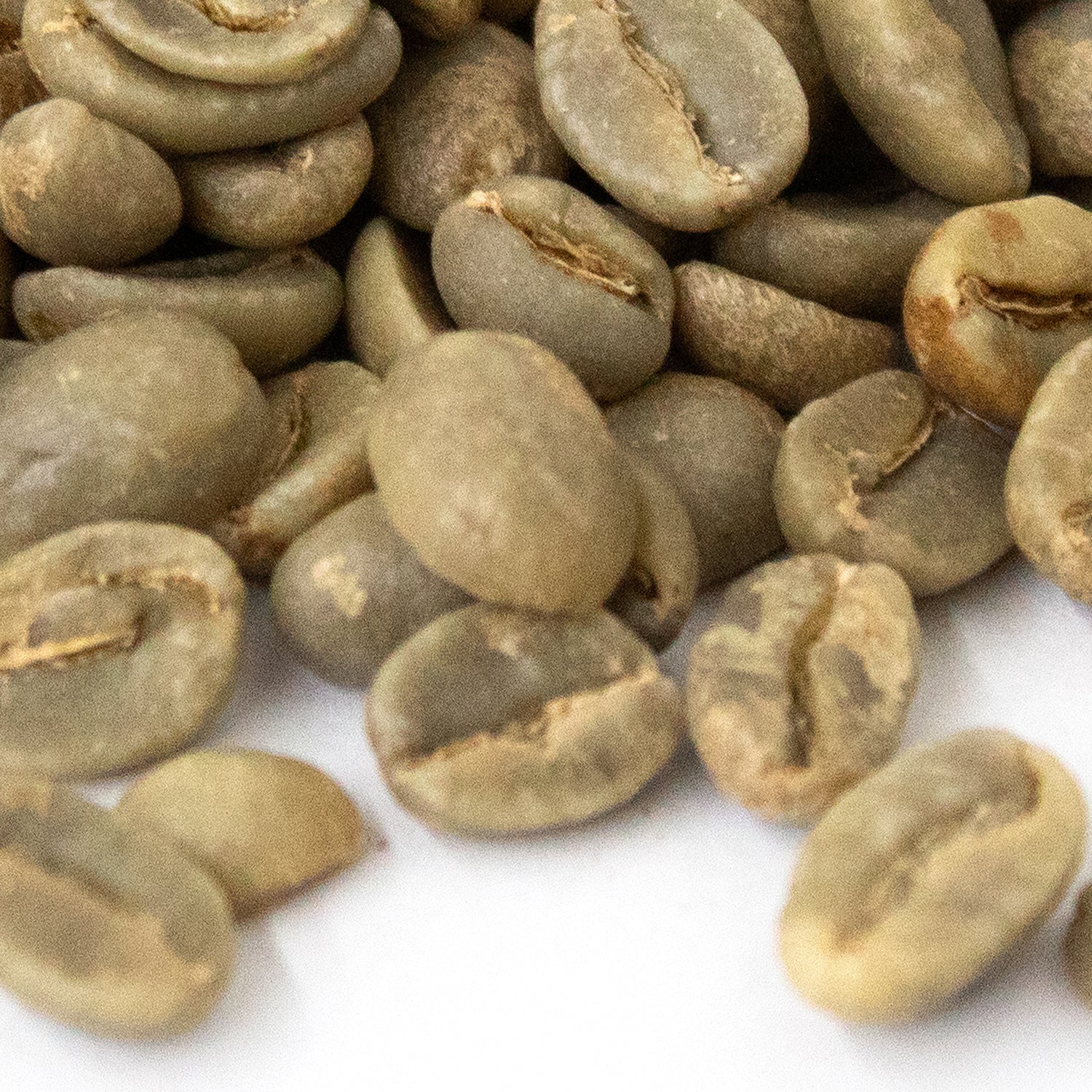Green Coffee
Sumatra Lintong 2 Year Aged
Sumatra Lintong 2 Year Aged
Couldn't load pickup availability
This crop of Sumatra comes from the northern part of the island up by Lake Toba, grown by the Lintong people. Then these beans were then taken to Malaysia to age in a climate controlled warehouse with regular turning of the bags and moisture readings, to carefully age it for 24 months.
Starbucks uses Aged Sumatra as the primary bean in their Holiday and Christmas Blend every year. It is pungent, intense, full bodied with notes of cedar and spice. It's a mug of coffee that tastes great with holiday foods and spices like pumpkin pie or cinnamon rolls. The aging process has turned the beans brownish -- they look more like Decaf. If the aging goes poorly, you end up with coffee that tastes old -- paper/cardboard tastes. But when done well, you end up with an extra intense Sumatra. This one is very clean tasting with a ton of spice notes. Reasonably mellow (for an aged Sumatra) and you can drink it straight, but I like adding about 10% of a fruity natural process coffee with it, or 50/50 if I'm making it as espresso.
This is not a light roast coffee, but it's an easy bean to roast. You have to take it at least to the 2nd cracks. I give it 11 degrees past the beginning of the 2nd cracks (about 25 seconds) and enjoy the smooth, full bodied, tobacco cedar flavor with a cinnamon spicy bite. You can go a little darker or lighter then this without too much change in taste.
US arrival: September 2025






